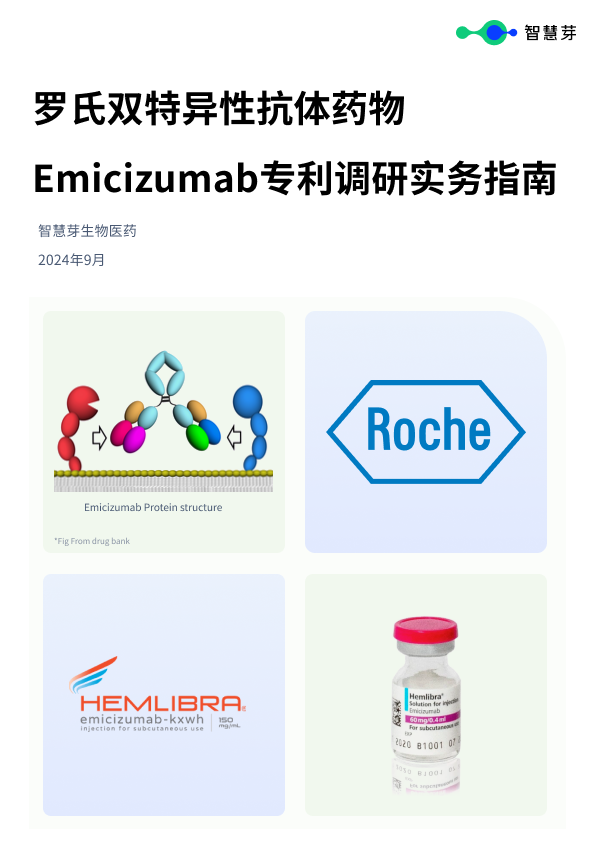Researchers take key step toward improving treatment of cystic fibrosis
2022-10-26
创新药疫苗并购信使RNA
Researchers have taken a key step toward improving and lengthening the lives of cystic fibrosis patients, who experience chronically clogged airways and a dramatically shortened life expectancy.
Researchers at Oregon State University and Oregon Health & Science University have taken a key step toward improving and lengthening the lives of cystic fibrosis patients, who experience chronically clogged airways and a dramatically shortened life expectancy.
The team of scientists and clinicians has engineered inhalable lipid nanoparticles that can effectively deliver messenger RNA to the lungs, prompting lung cells to manufacture the protein that thwarts the disease.
Findings were published in ACS Nano.
The research was led by postdoctoral scholar Jeonghwan Kim and Gaurav Sahay, an associate professor of pharmaceutical sciences in the OSU College of Pharmacy who studies lipid nanoparticles, or LNPs, as a gene delivery vehicle with a focus on cystic fibrosis. Lipids are fatty acids and similar organic compounds including many natural oils and waxes, and nanoparticles are tiny pieces of material ranging in size from one- to 100-billionths of a meter.
Cystic fibrosis is a progressive genetic disorder that results in persistent lung infection and affects 30,000 people in the U.S., with about 1,000 new cases identified every year. More than three-quarters of patients are diagnosed by age 2, and despite steady advances in alleviating complications, the median life expectancy is still just 40 years.
One faulty gene -- the cystic fibrosis transmembrane conductance regulator, or CFTR -- causes the disease, which is characterized by lung dehydration and mucous buildup that blocks the airway.
In 2018, Sahay and other scientists and clinicians at OSU and Oregon Health & Science University demonstrated proof-of-concept for a new therapy: loading chemically modified CFTR messenger RNA into LNPs, opening the door to molecular medicine that could be inhaled at home.
The mRNA-loaded nanoparticles cause cells to correctly make a protein needed for the regulation of chloride and water transport, which is critical to healthy respiratory function.
In the current mouse model study, Sahay and collaborators including Kelvin MacDonald, an OHSU physician who treats cystic fibrosis patients, designed and manufactured nanoparticles with special features that allow them to more effectively ferry their molecular payload to lung cells.
"Lipid nanoparticles have been successful in delivering mRNA in vaccines, but an inhalation-based mRNA therapy has continued to be a challenge," Sahay said. "LNPs tend to break apart from shear stress during aerosolization, which leads to ineffective delivery."
What's needed, he explains, are LNPs tough enough to endure nebulization and to penetrate sticky mucus yet maneuverable enough to execute a key move once inside a cell -- they must escape from a compartment known as an endosome into the cytosol, where the delivered genes can perform their intended function.
Sahay co-authored a paper in 2020 showing that LNPs with phytosterols -- plant-based molecules chemically similar to cholesterol -- were tens to hundreds of times better at performing the endosomal escape; the phytosterols changed the shape of the nanoparticles from spherical to polyhedral and caused them to move faster.
In the latest study, the researchers used the cholesterol analog beta-sitosterol with a PEG (polyethylene glycol) lipid to tackle the durability and maneuverability challenges.
"Increase PEG concentrations in the LNPs made for better shear resistance and mucus penetration, and β-sitosterol created that polyhedral shape that facilitates escape from the endosome," Sahay said. "Inhaled LNPs resulted in localized protein production in the mouse lung without toxicity, either in the lungs or systemically, and repeated administration led to sustained protein production in the lungs."
The National Heart, Lung and Blood Institute and Cystic Fibrosis Foundation supported this research, which also included Elissa Bloom, Christopher Acosta and Antony Jozic of the College of Pharmacy as well as scientists from Duke University.
To continue expanding the frontiers of LNP-based science and medicine, Sahay and four other faculty from Oregon State University recently launched the Center for Innovative Drug Delivery and Imaging, or CIDDI.
Hosted by the College of Pharmacy, CIDDI received a $700,000 grant from the M.J. Murdock Charitable Trust to purchase equipment for a manufacturing facility in the field of translational nanomedicine -- the merger of nanoparticle theory and technology in pursuit of preventing and treating disease.
The grant was awarded to Sahay and seven other investigators from OSU and OHSU. CIDDI is located at the Robertson Life Science Building, built in Portland's South Waterfront area to house scientists from Oregon State University, OHSU and Portland State University.
OSU and OHSU are providing an additional $600,000 of funding to further strengthen partnerships between Oregon's universities and provide next-generation translational nanomedicines for the benefit of Oregon and beyond, Sahay said.
Sahay and Oleh Taratula of the College of Pharmacy are CIDDI's directors, and pharmacy colleagues Olena Taratula, Adam Alani and Conroy Sun are also founding members.
更多内容,请访问原始网站
文中所述内容并不反映新药情报库及其所属公司任何意见及观点,如有版权侵扰或错误之处,请及时联系我们,我们会在24小时内配合处理。
靶点
来和芽仔聊天吧
立即开始免费试用!
智慧芽新药情报库是智慧芽专为生命科学人士构建的基于AI的创新药情报平台,助您全方位提升您的研发与决策效率。
立即开始数据试用!
智慧芽新药库数据也通过智慧芽数据服务平台,以API或者数据包形式对外开放,助您更加充分利用智慧芽新药情报信息。




